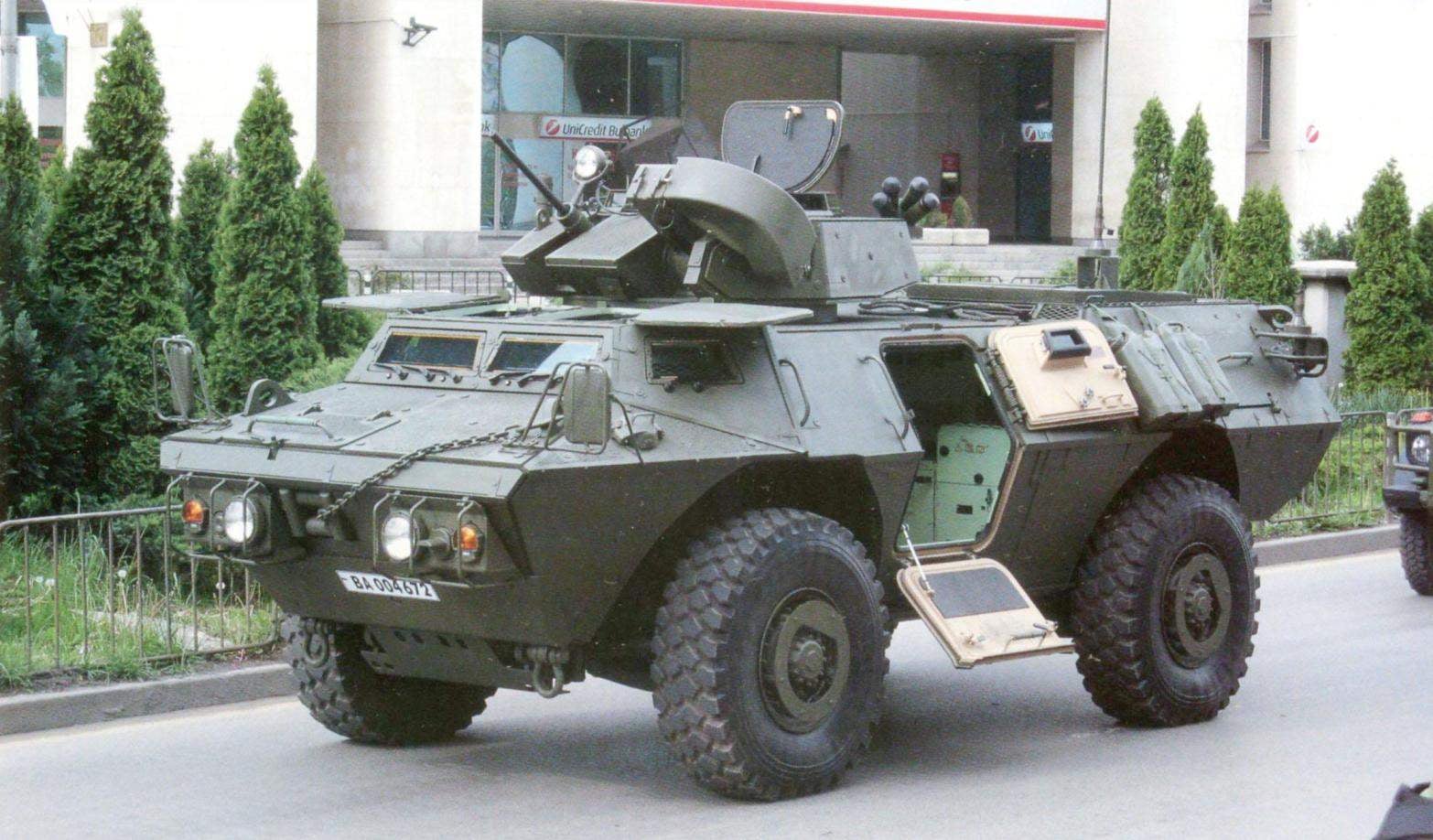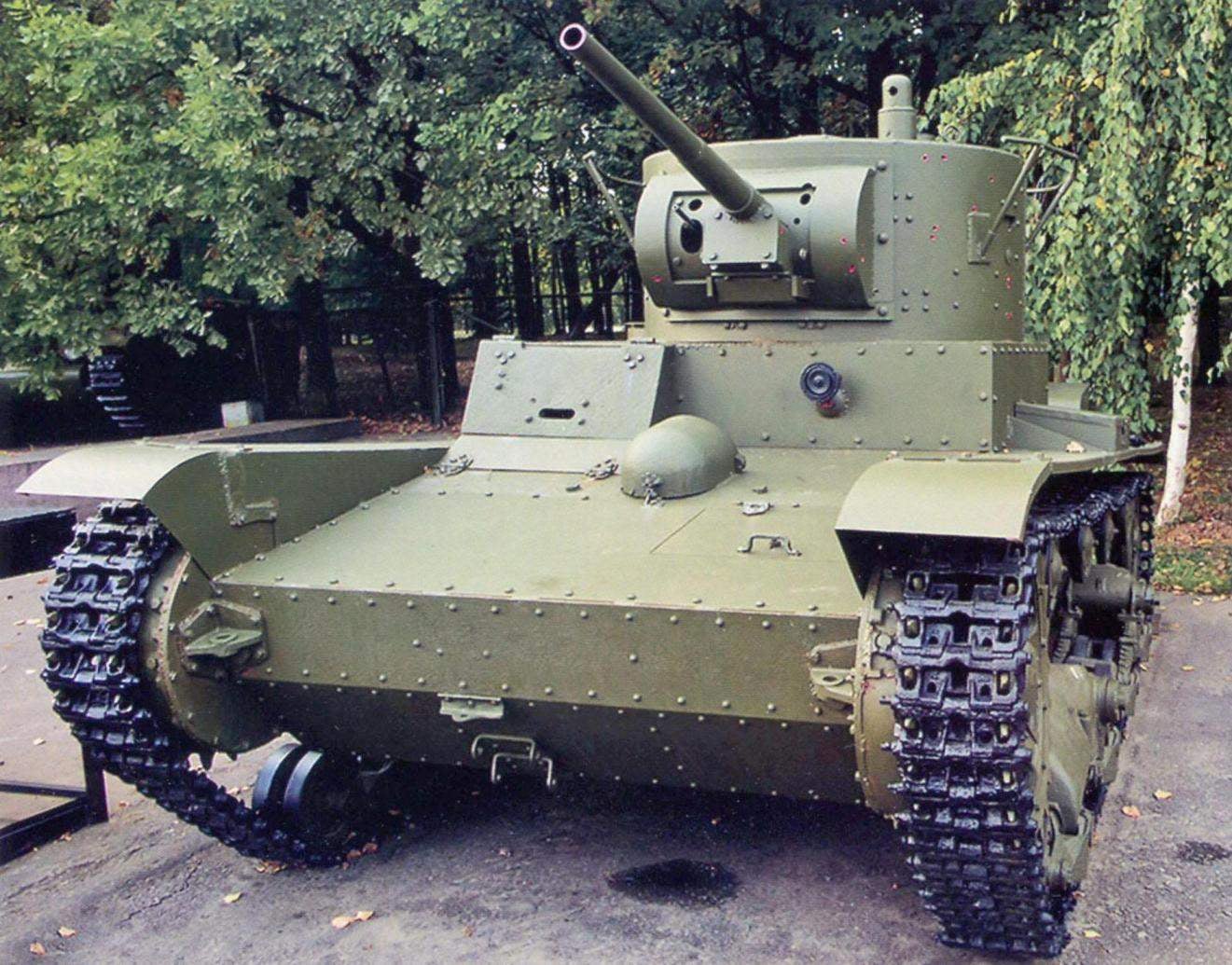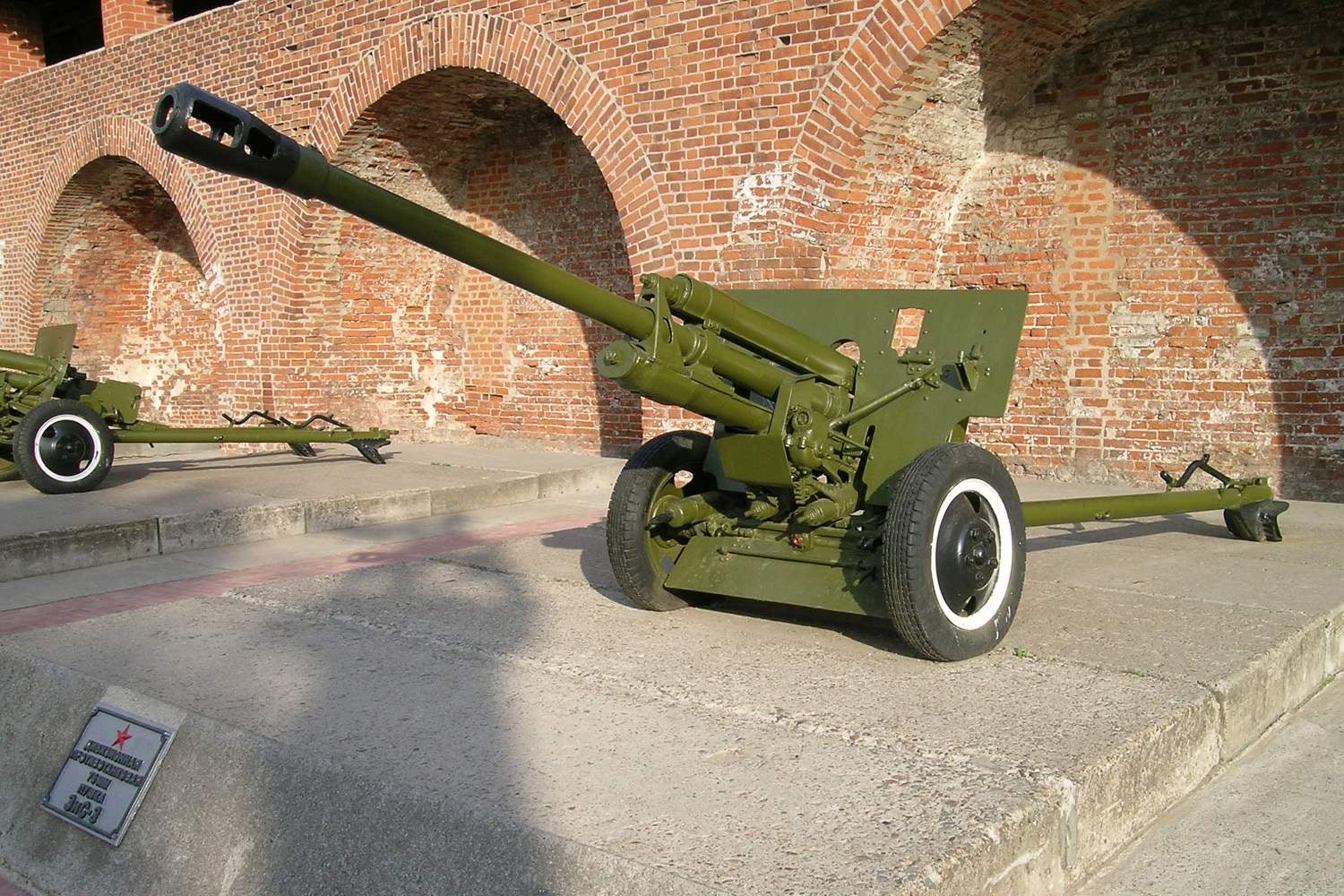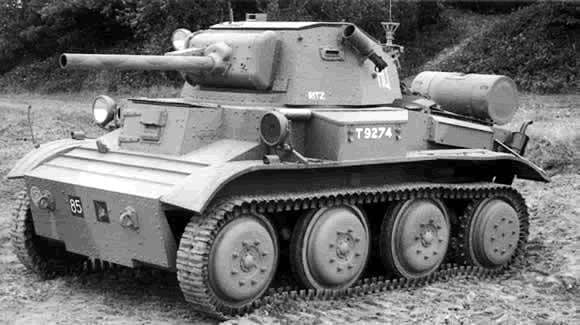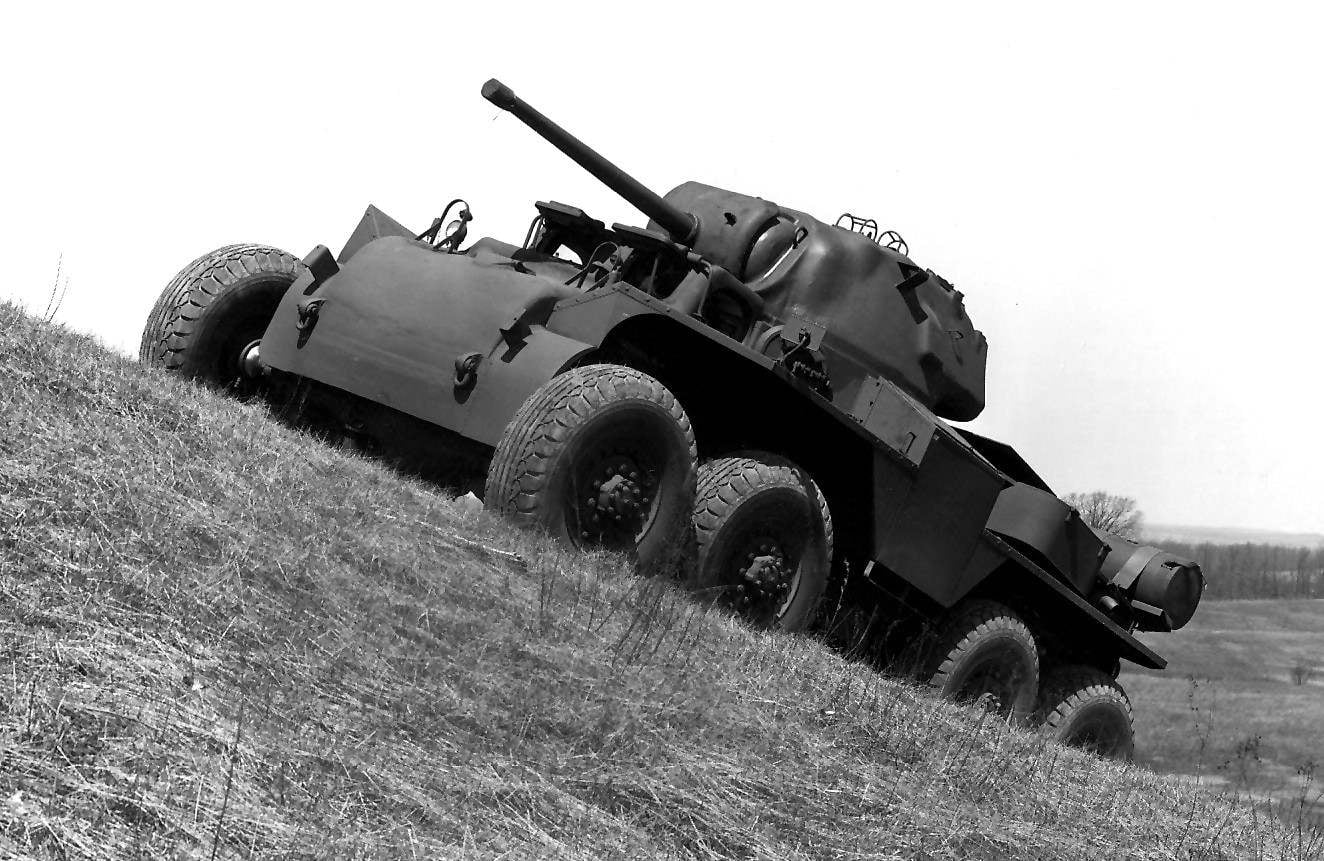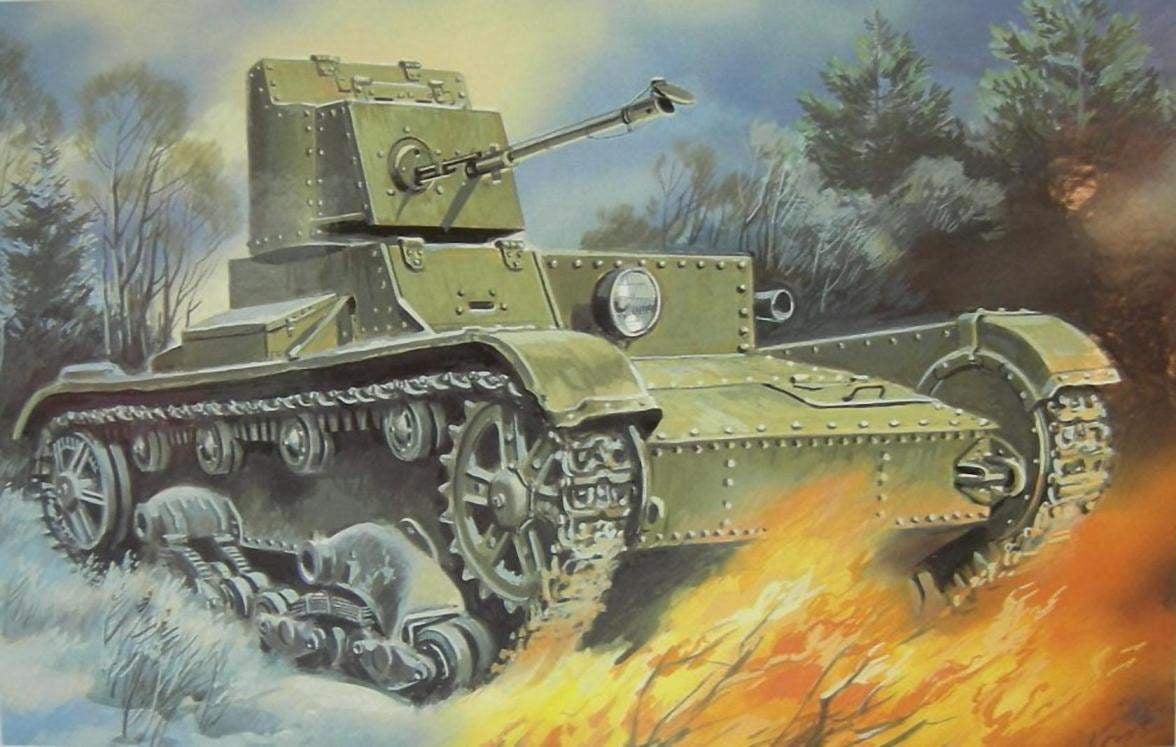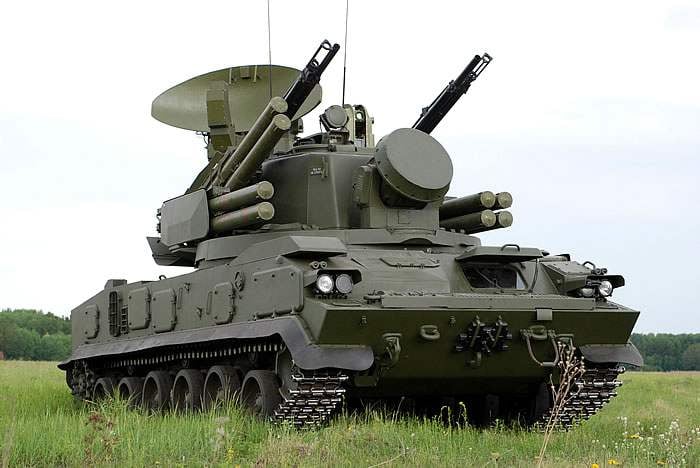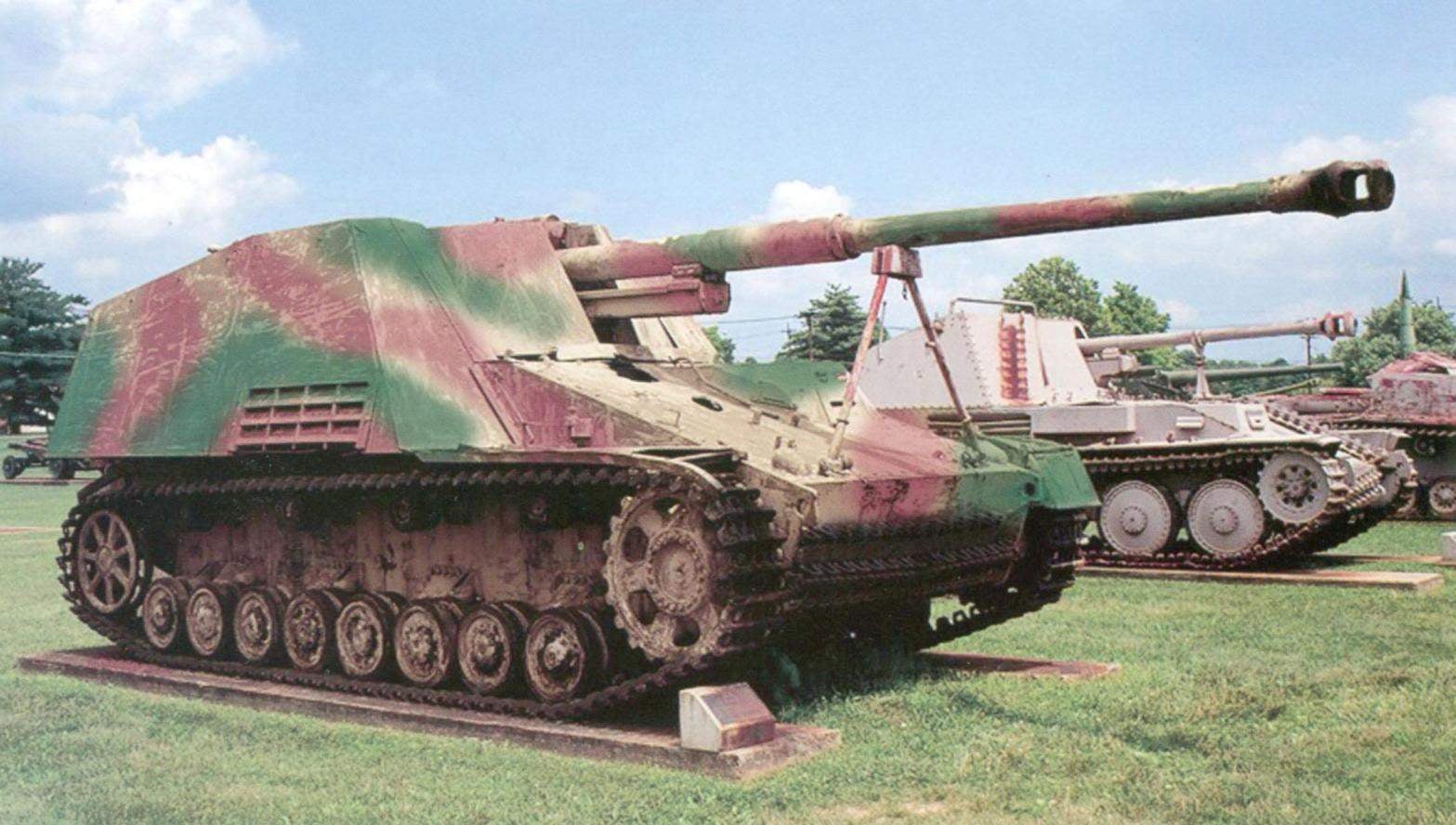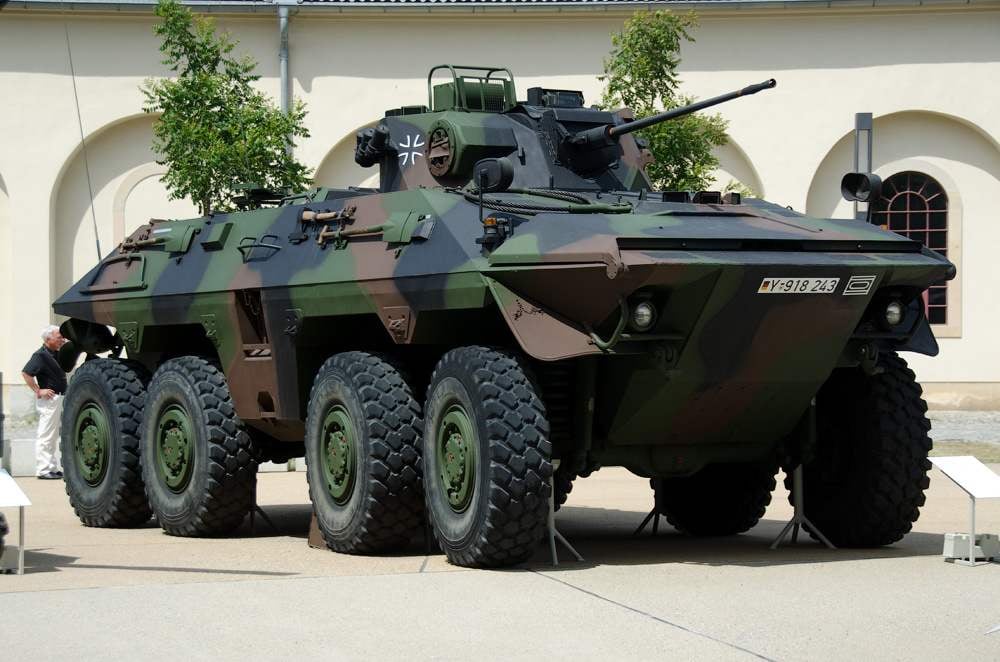 In the mid-1980s, the famous “jeep”, many years in service with the us army, had to be substituted. Then the military picked the car М1025/М1026 (HMMWV – Hammer “Hummer”) produced by AM General firm, recognized as a “highly mobile multipurpose wheeled vehicle”. It turned out to be more functional and powerful, larger in its dimensions, but left only four-wheel drive General purpose machine.
In the mid-1980s, the famous “jeep”, many years in service with the us army, had to be substituted. Then the military picked the car М1025/М1026 (HMMWV – Hammer “Hummer”) produced by AM General firm, recognized as a “highly mobile multipurpose wheeled vehicle”. It turned out to be more functional and powerful, larger in its dimensions, but left only four-wheel drive General purpose machine.
Armor
TANK, WHO MET IN WAR
 The first meeting of these armored vehicles occurred in rebel Spain in 1936 to September this year, arrived at 41 German tank Pz-1. After a month on the boat “Komsomolets” was delivered 50 tanks T-26. In the first combat quarters revealed a considerable advantage of the Soviet machines. 45 mm gun 20K any range punched through Pz-1, which was the only spark 7.92-mm machine guns, dangerous for our machines – the T-26 was also more powerful.
The first meeting of these armored vehicles occurred in rebel Spain in 1936 to September this year, arrived at 41 German tank Pz-1. After a month on the boat “Komsomolets” was delivered 50 tanks T-26. In the first combat quarters revealed a considerable advantage of the Soviet machines. 45 mm gun 20K any range punched through Pz-1, which was the only spark 7.92-mm machine guns, dangerous for our machines – the T-26 was also more powerful.
THE WEAPON OF VICTORY: ZIS-3
 Among the many exhibits already the Leningrad Museum of artillery, engineer and signal corps holds a unique exhibit—76-mm divisional gun model 1942 with serial number 4785. This is one of the 46 thousand 76-mm field guns of this type are made in the factories of the people’s Commissariat of arms of the USSR during the great Patriotic war.
Among the many exhibits already the Leningrad Museum of artillery, engineer and signal corps holds a unique exhibit—76-mm divisional gun model 1942 with serial number 4785. This is one of the 46 thousand 76-mm field guns of this type are made in the factories of the people’s Commissariat of arms of the USSR during the great Patriotic war.AIRBORNE TANKS ENGLAND
 In 1936, the British firm Vickers-Armstrong, the initiative has begun to develop a light reconnaissance tank, designed to replace the light tank Mk.VI, did not meet the military mainly in terms of weapons. The design of the new machine was carried out under the direction of engineer Leslie little. The new tank differed sharply from all previous models of the firm and embodied many revolutionary ideas tank builders.
In 1936, the British firm Vickers-Armstrong, the initiative has begun to develop a light reconnaissance tank, designed to replace the light tank Mk.VI, did not meet the military mainly in terms of weapons. The design of the new machine was carried out under the direction of engineer Leslie little. The new tank differed sharply from all previous models of the firm and embodied many revolutionary ideas tank builders.
ARMORED VEHICLES OF THE U.S. ARMY
 The history of American wheeled armored vehicles rather unusual and in many ways instructive. Geopolitical position of the country protected it from land invasions. At the same time industrial level of the United States allowed to master the production of any military equipment.
The history of American wheeled armored vehicles rather unusual and in many ways instructive. Geopolitical position of the country protected it from land invasions. At the same time industrial level of the United States allowed to master the production of any military equipment.
ARMY PYRO
 Light tank T-26 in the prewar years, became the most massive military armored vehicle of the red Army. Quite naturally the base of this tank was widely used by designers to create war machines for various purposes. The most massive non-linear modification of the “twenty-sixth” were chemical tanks which in total volume of production of the T-26 amounted to 12%. In the post-war literature, these combat vehicles were usually called flamethrower and the designation received abbreviation FROM (flamethrower tank): FROM-26, OT-130, OT-133, etc. In fact it is not so. These tanks were intended primarily for contamination, smoke and gametangia.
Light tank T-26 in the prewar years, became the most massive military armored vehicle of the red Army. Quite naturally the base of this tank was widely used by designers to create war machines for various purposes. The most massive non-linear modification of the “twenty-sixth” were chemical tanks which in total volume of production of the T-26 amounted to 12%. In the post-war literature, these combat vehicles were usually called flamethrower and the designation received abbreviation FROM (flamethrower tank): FROM-26, OT-130, OT-133, etc. In fact it is not so. These tanks were intended primarily for contamination, smoke and gametangia.
ARMORED LOCUST
 The creation of powerful airborne forces in Germany and the Soviet Union did not go unnoticed in the United States, and in February 1941, the Americans commenced their formation. And to provide the paratroopers with the support of armored vehicles, it was decided to develop a light tank weighing not more than 7.5 tonnes can be transported by air. For participation in competition were invited to the Corporation “General motors”, the famous designer George. W. Christie and company “Marmon-Herrington”. The last seemed the most appropriate, and in may 1941 she ordered a prototype light tank under the designation T9. At the same time began the development of the aircraft, able to take on Board this war machine.
The creation of powerful airborne forces in Germany and the Soviet Union did not go unnoticed in the United States, and in February 1941, the Americans commenced their formation. And to provide the paratroopers with the support of armored vehicles, it was decided to develop a light tank weighing not more than 7.5 tonnes can be transported by air. For participation in competition were invited to the Corporation “General motors”, the famous designer George. W. Christie and company “Marmon-Herrington”. The last seemed the most appropriate, and in may 1941 she ordered a prototype light tank under the designation T9. At the same time began the development of the aircraft, able to take on Board this war machine.
ROCKET AND GUN “TUNGUSKA”
 By the end of 1960-ies has increased its attention to the creation of highly mobile anti-aircraft army air defense short range, able to work as part of the advanced forces that could be attacked using anti-tank helicopters and low-flying enemy aircraft, as well as able, if necessary, to repel the attacks of enemy ground fire from anti-aircraft guns.
By the end of 1960-ies has increased its attention to the creation of highly mobile anti-aircraft army air defense short range, able to work as part of the advanced forces that could be attacked using anti-tank helicopters and low-flying enemy aircraft, as well as able, if necessary, to repel the attacks of enemy ground fire from anti-aircraft guns.“HORNET”, AKA “RHINO”
 The Polish campaign of 1939 forced the military leadership of the Wehrmacht to equip the troops of the mobile means of combating enemy tanks. In the same year the firm “, Alkett” created the first self-propelled anti-tank artillery. The developers did is quite simple: they took off with a light tank Pz.Kpfw.I tower, and in its place hoisted a bridge with a 47-mm anti-tank gun Czech A9.
The Polish campaign of 1939 forced the military leadership of the Wehrmacht to equip the troops of the mobile means of combating enemy tanks. In the same year the firm “, Alkett” created the first self-propelled anti-tank artillery. The developers did is quite simple: they took off with a light tank Pz.Kpfw.I tower, and in its place hoisted a bridge with a 47-mm anti-tank gun Czech A9.
“LYNX” FOR THE BUNDESWEHR
 During the Second world war, Germany was the leader in the development of heavy armored vehicles with wheel formula 8×8. After a good armored car Sd.Kfz.231(8 Rad), which was a frame structure, followed by Sd.Kfz. 234/1 with a monocoque body (see “armor collection” № 1, 2007). For these machines and their modifications was characterized by the presence of all eight of the steered wheels and two control stations. Four-axle, or, as they are often called, vosmiklasnica armored vehicles have been successfully used by Hitler’s Wehrmacht in all theaters of war until the last days of the Second world war.
During the Second world war, Germany was the leader in the development of heavy armored vehicles with wheel formula 8×8. After a good armored car Sd.Kfz.231(8 Rad), which was a frame structure, followed by Sd.Kfz. 234/1 with a monocoque body (see “armor collection” № 1, 2007). For these machines and their modifications was characterized by the presence of all eight of the steered wheels and two control stations. Four-axle, or, as they are often called, vosmiklasnica armored vehicles have been successfully used by Hitler’s Wehrmacht in all theaters of war until the last days of the Second world war.
